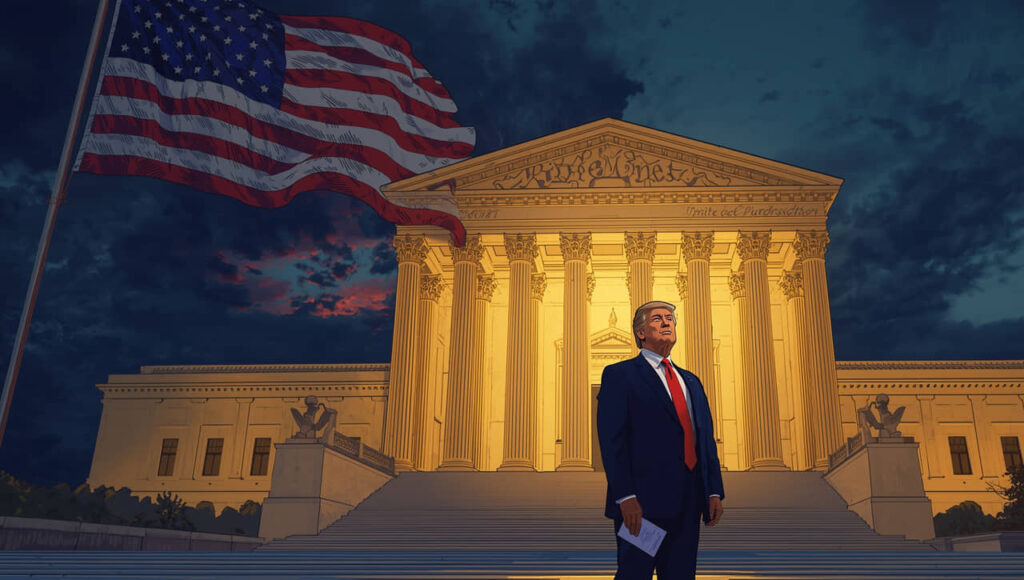On the other hand, the U.S. Supreme Court is scheduled to argue whether President Donald Trump’s use of emergency authority to impose broad global trade tariffs was legal, in another legal battle highlighting the limits of the executive office and the separation of powers under the Constitution. The dispute is focused on if Trump has the authority to use International Economic Emergency Power Act of 1977 to impose tariffs on imports from nations such as China, Canada, Mexico, Brazil and India.
Background of the Case
To be sure, as high as 145% for China and 50% for India and Brazil, Trump’s tariffs were rationalized for national security and significant threat to the economy. The Trump administration maintained that long-term trade deficits and established foreign economic behavior represented an emergency, justifying IEEPA use. However, the law had rarely been used for anything but sanctions.
Legal Challenges and Lower Court Rulings
Small businesses and multiple states filed lawsuits, asserting that the tariffs were illegal due to the allowance for the president to establish customs, whereas IEEPA is beyond the scope of setting customs duties to the president. As precedent cases show, the U.S. Court of International Trade and the U.S. Court of Appeals for the Federal Circuit decided against the administration, explaining that Congress has not granted the president to have the amount of power he seized: Moreover, the appeals court underlined that IEEPA’s provision for “Regulation” of imports does not imply establishing tariffs.
Supreme Court Oral Arguments
The Supreme Court will commence oral arguments on the first week of November 2025, when the Case will be consolidated as Trump v. V.O.S. Selections, Inc.. The legal question at issue is whether the IEEPA gives the President the authority to impose tariffs without the approval of congress, including the emergency powers vehicle qualifies as a dangerous precedent of expanding the executive. The decision will have far-reaching implications on the balance of the power among the constituent units of the federation, other nations, and the U.S. economy.
Implications and Reactions
A verdict against Trump would legally require the administration to retract billions of dollars in tariffs and even possibly refund corporations for those they have already given. Trump reiterated in a letter that the ruling would financially devastate the U.S. economy, arguing that the tariffs are the driving force behind the stock market’s strongest peak and fast retirement savings. The case is being followed by enterprises, governments, and legal scholars from around the world, as it could fundamentally redefine the powers of the president and transform global trade.
Conclusion
The Supreme Court’s ruling will decide the future of Trump’s signature economic policy and create a precedent for power usage by emerging presidents. The case is expected by the end of 2025 and may impact the U.S. economy, international affairs, and constitutional interpretations.
